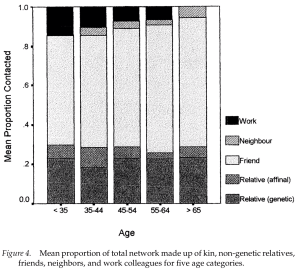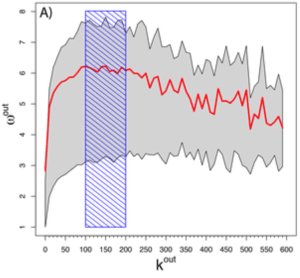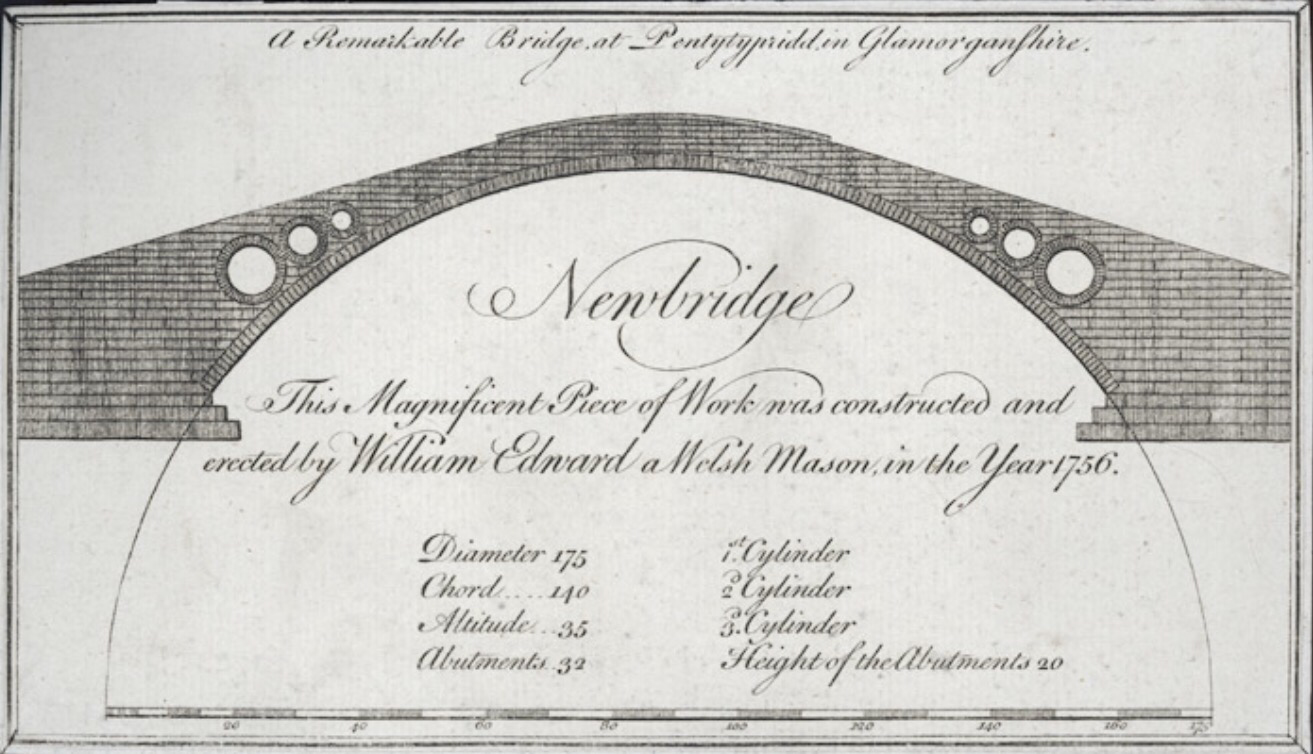
It’s that time of year in our house when I dutifully read all of the Christmas Cards before they are dispatched for recycling. There are literally 100’s of them.
“How can there be so many?” I ask my wife, who controls everything Christmas related at home, with ruthless military precision. “There are only supposed to be 150, it’s Dunbar’s Number, scientifically proven you know…. How many people are on our Christmas Card list?, I innocently enquire….
As it happens (which I would apparently know if I was a decent husband) there are 267 people on our Christmas Card list; 246 in the UK and 21 requiring overseas postage. I’m regretting I asked at this point, but Dunbar’s Number and Christmas Card Lists is an interesting subject, honest.
Dunbar and Hill’s Christmas Card List Research. This paper is a neat bit of research from 2002 looking at the size of human social networks. Previous work by Robin Dunbar had predicted that there was an average size of about 150 for human social networks. This basically means that (on average) you can only have meaningful social ties with about 150 other people. Dunbar proposed that this was linked to the size of the neocortex in our brains and our ability to do things like remember faces.
Much of this work had been done with groups of primates where it is relatively straightforward to understand social networks. Primates spend a lot of time in social groups, grooming – picking the fleas out of each others fur – which isn’t as obvious in Humans. I should point out here that this was in 2002, before the proliferation of social media. Nowadays there may well be ‘flea picking’ equivalents in social media networks to study, which I’ll get onto in a minute.

Working with Hill, they gathered information about now many people are on the average Christmas Card List. Guess what – the mean was about 150. There is plenty of other interesting information in the paper about demographic makeup of people on the lists and the emotional strength of the relationships.
One thing that did strike me was the reason for choosing Christmas Card Lists as a method of studying social networks. According to Hill and Dunbar the sending of Christmas Cards represents; ‘one time of year when individuals make an effort to contact all of those individuals within their social network whose relationship they value’. An inspired bit of lateral thinking. I do wonder though, how much longer will Christmas Cards survive in a world of digital media?
Validation of Dunbar’s Number using Twitter. Just when you thought things couldn’t get any better…. how about some analysis of a massive dataset from Twitter:
- 1,700,000 Individuals
- 380,000,000 Tweets
- 25,000,000 Conversations

This 2011 research paper by Goncalves, Perra and Vespignani, looked at all of that data and came to the conclusion that ….’the economy of attention is limited in the online world by biological and cognitive constraints as predicted by Dunbar’s number’. Basically this means that our minds cannot cope (on average) with more than about 150 people in our social networks.
What does this mean if you have 1000’s of Twitter Followers, 100’s of LinkedIn Connections and Millions of Facebook Friends and don’t forget the people on your Christmas Card List? In reality, it probably means most of them aren’t actual friends, and it’s a bit difficult to have a meaningful relationship with more than about 150 of them.
Now I feel so much better that I wasn’t able to recognise about half of the people that those Christmas Cards were from. Sorry, it over stretched my cognitive ability. Happy New Year!
So, What’s the PONT?
- Dunbar’s Number (150) is the mean for people in a stable human social network.
- Beyond 150, it becomes difficult to have meaningful relationships due to the cognitive limits of our brains (things like the ability to recognise faces become harder).
- I do wonder if habits developed through the use of Social Media over time might change Dunbar’s Number?
I have gone on about Dunbar’s Number before if you are interested: 150 The Magic Number and The Monkeysphere and Stable Work Groups

Leave a comment